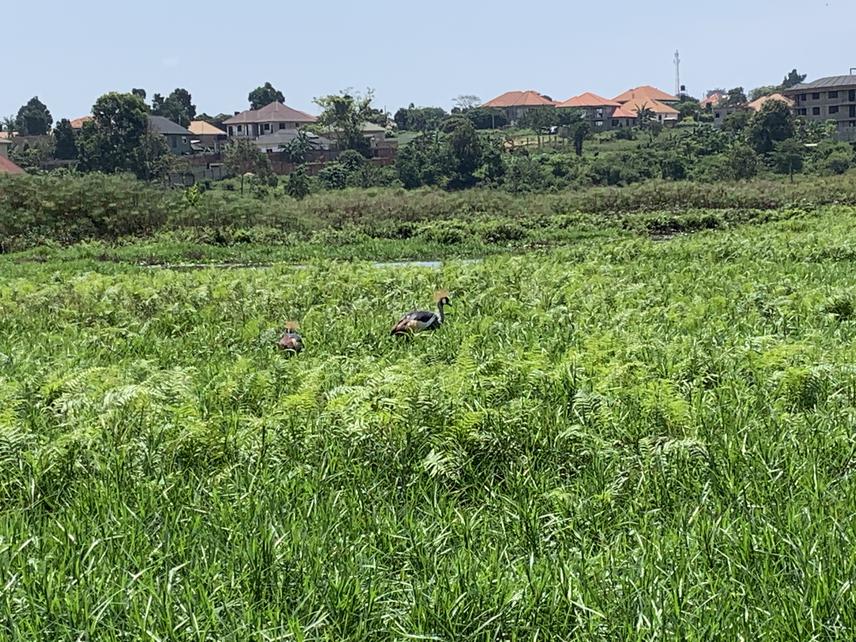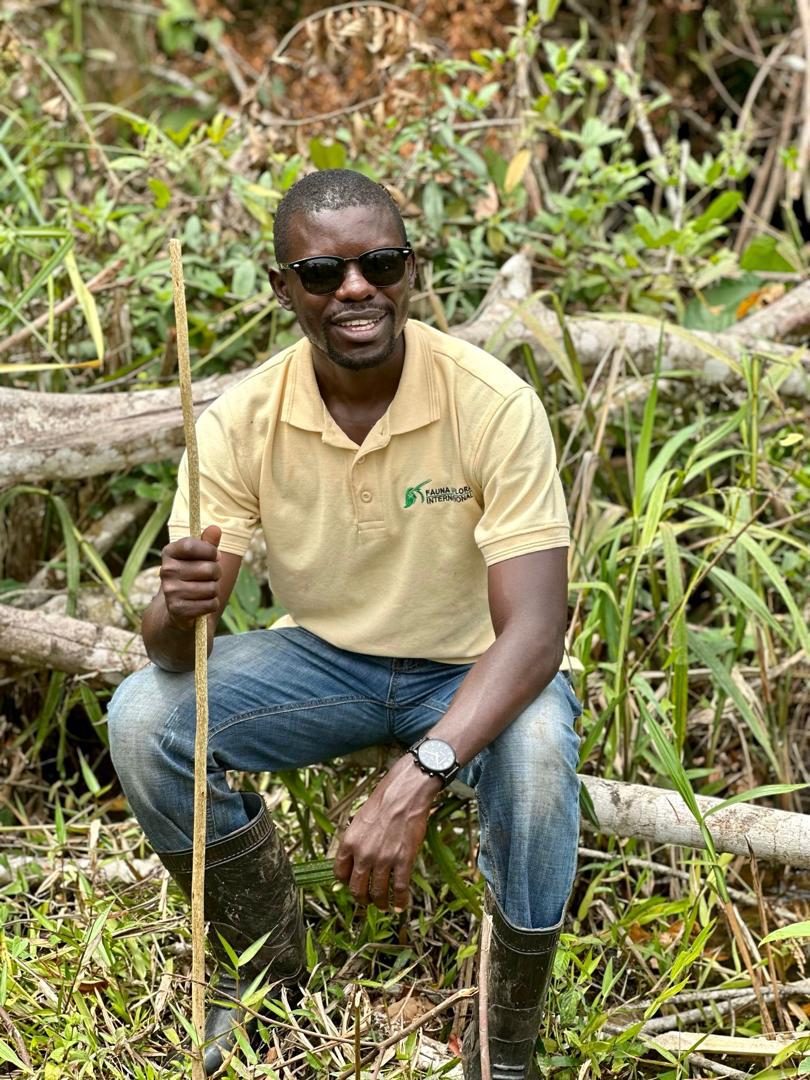Byron Ssemambo
Other projects
6 Jul 2021
Influence of Anthropogenic Activities on Wetland as a Habitat for Shoebill (Balaeniceps rex) in Uganda; Case study Lutembe Bay Wetland System, Wakiso District
This project aims to conduct a comprehensive study on the Grey Crowned Crane (Balearica regulorum) in the Lutembe Bay Wetland, Uganda. The Grey Crowned Crane, an iconic and endangered species, faces numerous threats from habitat destruction, human activities, and environmental changes. This study will provide essential data on the crane’s distribution, ecology, breeding patterns, and the anthropogenic threats it faces. The findings will inform effective conservation strategies and enhance community involvement in conservation efforts.

Grey Crowned Crane feeding in Lutembe Wetland, highlighting the serene beauty and ecological significance of this vital habitat. ©Ssemambo Byron.
The main aims of the project are to: 1) Conduct detailed field surveys to map the distribution of the Grey Crowned Crane within the Lutembe Bay Wetland. 2) Study the crane’s ecological characteristics, including habitat preferences, feeding behavior, and breeding sites. 3) Identify the breeding season and nesting sites of the Grey Crowned Crane. 4) Understand factors affecting breeding success, such as predation, food availability, and environmental conditions. 5) Assess the impact of human activities on the Grey Crowned Crane and its habitat, including the construction of flower factories, housing estates, and wetland resource exploitation. 6) Identify specific threats and proposing mitigation measures to reduce their impact on the crane population. 7) Engage with local communities to gather insights into their perceptions and attitudes towards the Grey Crowned Crane and its conservation. 8) Conduct sensitization workshops to raise awareness about the importance of conserving the Grey Crowned Crane and sustainable wetland resource use. 9) Use the collected data to develop evidence-based conservation policies and guidelines. 10) Train community-based field assistants to participate in data collection and monitoring efforts. 11) Promote community stewardship of the wetland through education and involvement in conservation activities.

Ssemambo Byron. ©Ssemambo Byron.
Expected Outcomes: The project is expected to generate valuable scientific data that will contribute to the global understanding and conservation of the Grey Crowned Crane. By involving local communities and stakeholders, the project aims to foster sustainable conservation practices and ensure the long-term preservation of the Lutembe Bay Wetland ecosystem. The findings and recommendations will be disseminated through scientific publications, conferences, and community workshops, promoting wider awareness and action for the conservation of this endangered species.